Interview: Johan Osuldsen - The Face Of Cultural Versatility
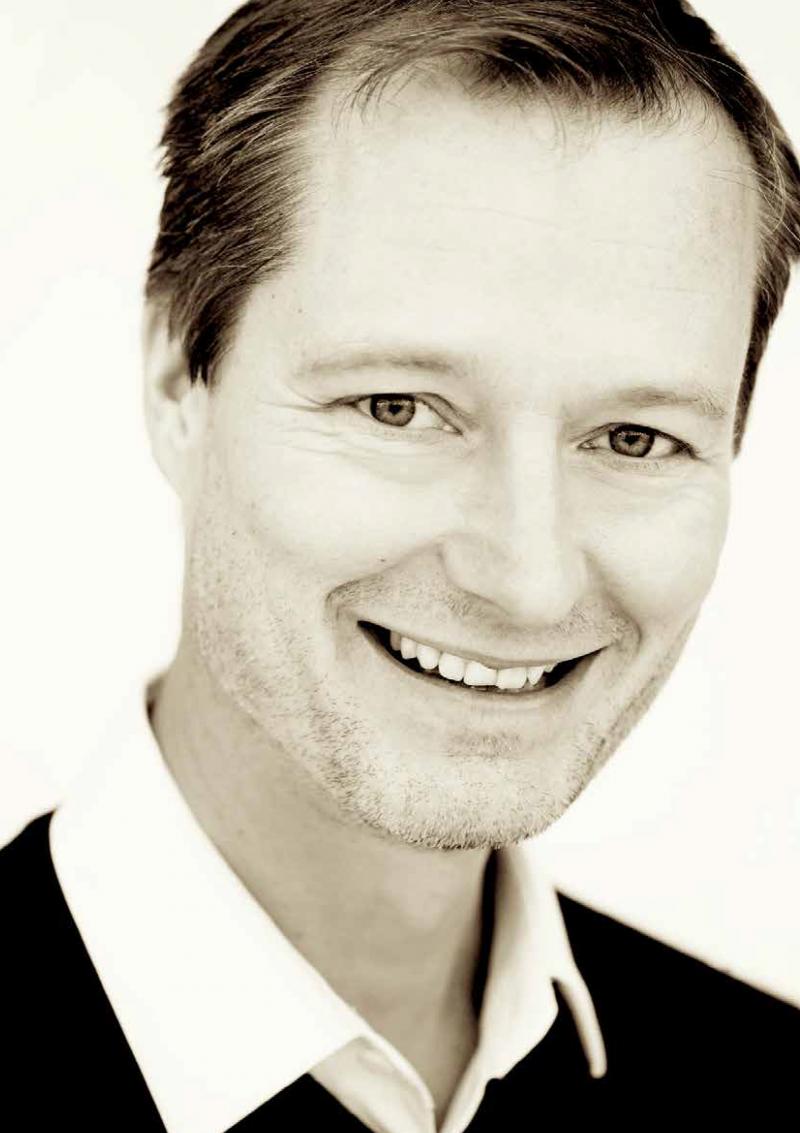 It is very difficult to tag Johan Osuldsen under one banner. He started out as a dancer and performer, spanning over several decades. Later, he became known as a choreographer and director, and subsequently directed for television.
It is very difficult to tag Johan Osuldsen under one banner. He started out as a dancer and performer, spanning over several decades. Later, he became known as a choreographer and director, and subsequently directed for television.
He is also a composer, as well as translator of several musicals (including Stephen Sondheim's "Company", "Into the Woods" and Jason Robert Brown's "The Last Five Years). Plus he has written original lyrics for numerous established performers, as well as opening numbers for award shows. Osuldsen is also a published author of the book "Musikalartist".
His most recent chorographical duty was for the mega hit "The Book of Mormon" which played its final performance last week at Det Norske Teatret. He is also a teacher and founded the first Norwegian school for musical theatre at the Bårdar Academy. On top of all this he is also currently serving as the chairman of the Stage Directors Union.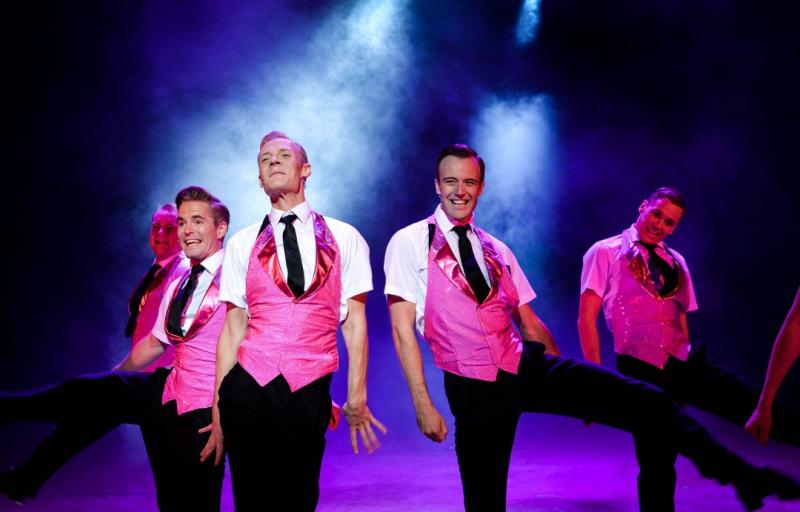
The Book of Mormon played its final performance last week, making it the longest running and most successful theatrical run in Norwegian history. Congratulations on a triumphant run.
- Thank you very much. It has been a wonderful experience and we are all extremely proud of the show, and what it managed to achieve. I think we demonstrated to just how powerful the modern musical theatre can be.
Going back to you childhood. What was your first encounter with musical theatre?
- I think it was "The Music Man" playing on the television. I must have been around ten years old. I remember thinking the music was fun, and it made me really happy seeing the characters singing and dancing on screen. I have always loved music
I had already started studying the piano at Barratt Due Musical institute. I used to be rather good, but I am definitely not anymore (Laughs)
Later you started training to become a dancer. What made you pursue this?
- I wish I could say something more profound than this, but it really was the movie "Saturday Night Fever" (Laughs). I studied dancing at Greta Dahl Ballet School. I additionally studied landscape architecture during college, but that was abruptly ended when I auditioned for a show and got the job.
Which show was this?
.jpeg) - It was a cabaret called "Hotel Hotel" featuring The Great Garlic Girls, a well-known Norwegian Drag Queen troupe. I was one of the male backup dancers. This was not long after they had performed at the Eurovision Song Contest in 1986. I did two different shows with this group. At the same time as trying to make it as a songwriter. I tried for a long time but it didn't materialize into anything.
- It was a cabaret called "Hotel Hotel" featuring The Great Garlic Girls, a well-known Norwegian Drag Queen troupe. I was one of the male backup dancers. This was not long after they had performed at the Eurovision Song Contest in 1986. I did two different shows with this group. At the same time as trying to make it as a songwriter. I tried for a long time but it didn't materialize into anything.
What was your first audition for a musical?
It was "Guys and Dolls" at Oslo Nye Teater in 1987. There weren't that many men who were both dancers and singers back then. Things have evolved since then. I was actually abroad on holiday when the first try-outs were held, but as luck would have it I had just performed as a back up dancer on television with The Great Garlic Girls during their first TV-special. The choreographer had seen the show, and I got a callback to sing for them based on that.
Do you remember what your audition song was?
- It was not a song I would recommend as an audition-song today, but I was a die-hard Supertramp-fan, so I did a song called "Downstream" and also accompanied myself on the piano. I even played solo in the middle-section (laughs). It's ironic that I later created a course in "auditioning-techniques" at Bårdar. I did not apply those on myself, to put it mildly.
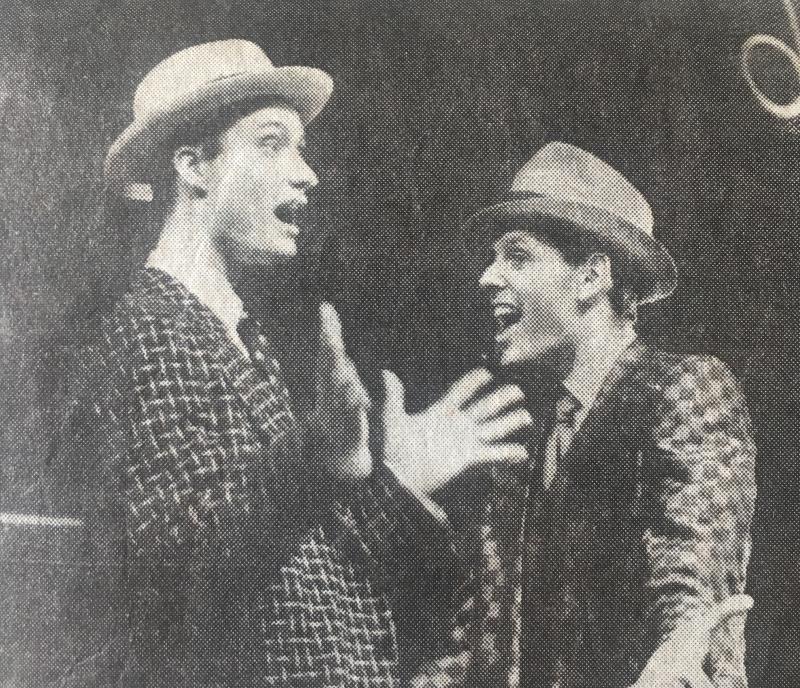
BWW: But evidently you did something right since you were cast in that show.
- Yes, I got the job for the ensemble (Laughs).It was a gratifying production to be part of.
And that in turn lead you to "La Cage Aux Folles" soon after that?
- Correct. That was also in 1987. Richard Balestrino, the assistant choreographer on Broadway, did the Norwegian production. It was the same dance-steps as Scott Salmon did for Broadway and it was really evident that this was on a different level. True craftsmanship, which was authentic and organic. Balestrino paid close attention to details. It was so much fun working with him.
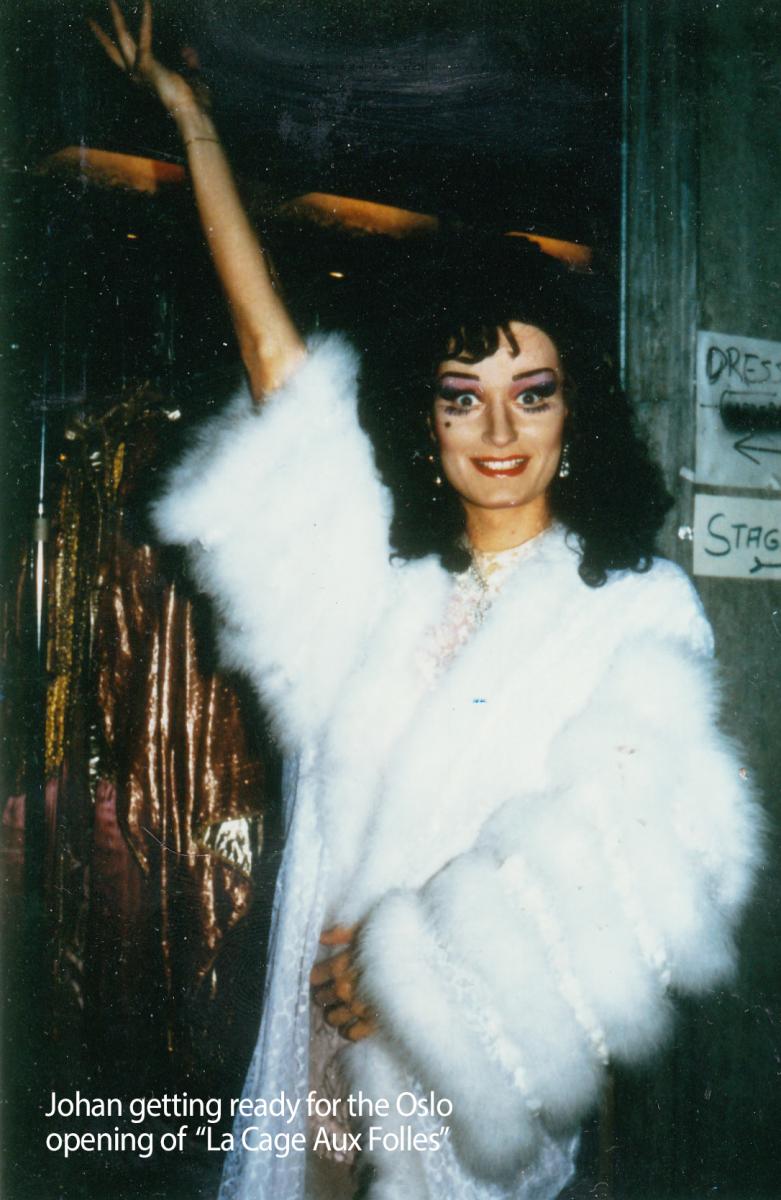
This was followed by a several musicals including "West Side Story" and "Anything Goes". What was your last production as a performer?
- That must have been "Crazy for You" at Oslo Nye Teater in 1994 . It was one of the first non-replica productions. I learned a tremendous amount from the choreographer, Lindsey Dolan. One day he asked me if I had ever been thinking about directing. I told him "yes" and he just replied "Just do it!"
You transitioned to choreography first. How did that come about?
- I was a gradual transition. I had formed several dance groups and had been choreographing simultaneously as I performing in musicals. I had done some numbers for television as well, and I choreographed a few productions for Bente Eriksen, who later became head of Riksteatret and Hedmark Teater (Later renamed Teater Innland). But I guess my "big break" was with the comedy revue "I leende live" at Chat Noir in 1996. I was originally slated to do two jazz-numbers, but the original choreographer fell ill, and I had to take over. The show turned out to be a huge success. As a result of that I was given new opportunities to work on bigger shows
At the same time as this you founded the musical theatre study at The Bårdar Academy. The first of its kind in Norway.
- Yes, that commenced in 1996. The intention was to have a school where students could study the three main aspects of musical theatre, encompassing song, dance and acting. Something that never existed when I was staring out in the business. The main issue I had to solve was finding the right person to cover the acting department. I was fortunate enough to find Alexandra Myskova (or Sasha as she is known to most), who had just finished teaching at The Norwegian College of Acting. After she joined our team we have worked closely, and we have gotten along splendidly. She has taught me so much. It took many years of her teachings to have gotten me where I am today.
After working for a long time as both director and choreographer you became involved in the Oslo production of Mamma Mia as the Norwegian resident director. How did that happen?
- It was serendipity, really. I had been feeling for some time that I needed some sort of replenishment in my professional life. A refill. I was contemplating calling up my contacts in London, just to see if there was any way at all I could become involved with a show on a big scale. I could even be the guy who poured the coffee, anything to witness how those teams work, how they think, how they pick their understudies, swings etc. Then out of the blue The Production Office for the Norwegian production of Mamma Mia called me to ask if I would be interested in being the resident director for the show. That turned into a crash course directing WEST END STYLE over a year and a half.
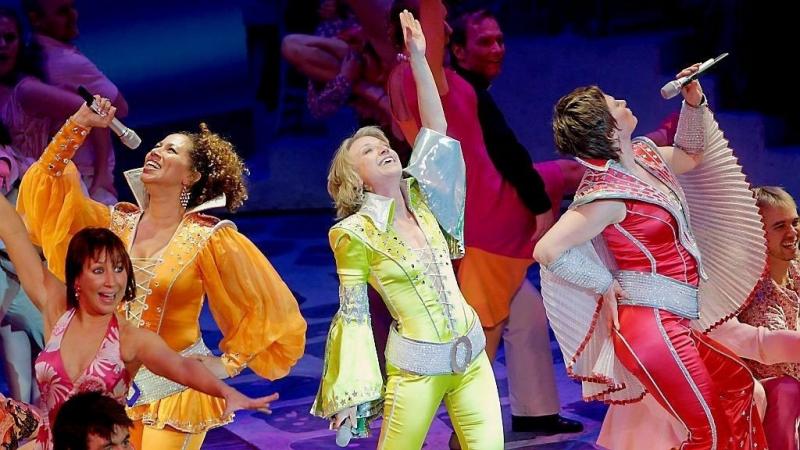
How much freedom do you have on a show such as this?
- On Mamma Mia it was surprisingly a lot. Of course, you can't deviate to much from the original blocking-wise. But there was definitely freedom to explore. I worked closely with the team from London. The audition process was very interesting to witness.
In what way?
- They have a different way of auditioning there. More rapid and to the point. 16 bars, that's it! They have a clear concept of what they want and what don't. On this production they wanted a pop sound, so a lot of the candidates that sounded more musical theatre were quickly discarded. In many instances I was quite surprised 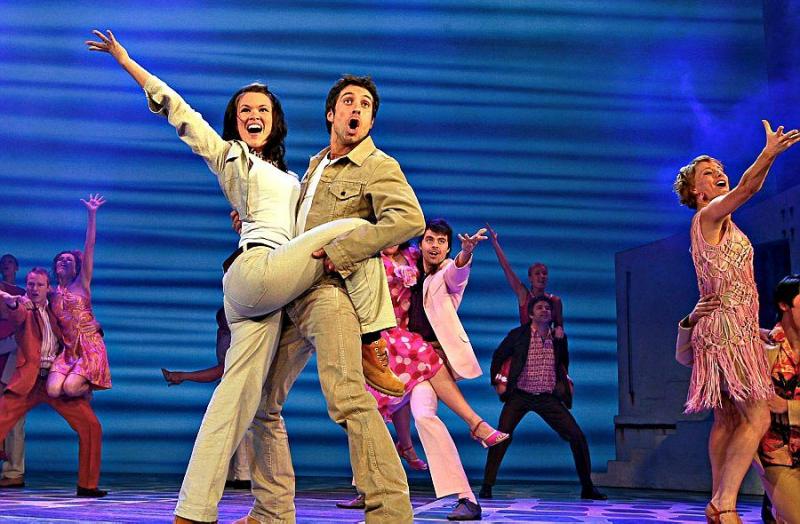 whom they chose to cut. Since we usually have less people to chose from on regular Norwegian productions we spend a little more time on each one. A lot of experienced performers found this way of auditioning rather nerve wracking. I myself found it relatively frustrating at times when I knew some of them from other productions , and knew what they were good for. But in many cases they also listened to my advice on whom to keep. I won't go into details but some roles were harder to cast than others, and we saw a lot of people. That is why I took the job, to see how they worked. As a team we worked great together. After we opened my main job became rehearsing understudies and give notes to the performers when something needed to be fine-tuned. A lot of fun. It is an experience I cherish.
whom they chose to cut. Since we usually have less people to chose from on regular Norwegian productions we spend a little more time on each one. A lot of experienced performers found this way of auditioning rather nerve wracking. I myself found it relatively frustrating at times when I knew some of them from other productions , and knew what they were good for. But in many cases they also listened to my advice on whom to keep. I won't go into details but some roles were harder to cast than others, and we saw a lot of people. That is why I took the job, to see how they worked. As a team we worked great together. After we opened my main job became rehearsing understudies and give notes to the performers when something needed to be fine-tuned. A lot of fun. It is an experience I cherish.
 BWW: You also worked on "We Will Rock You." How did this compare to your previous experience?
BWW: You also worked on "We Will Rock You." How did this compare to your previous experience?
- That was a different experience. Although as a whole it was also a somewhat rewarding experience I found dealing with how they worked on that production tedious at times. The German director wanted my input frequently, but gave next to no freedom to explore at the same time. Very confusing. She was rather moody a lot of the rime, and I still do not know exactly why she had a hard time with me. On "Mamma Mia!" we auditioned to find the whole ensemble, but here everyone in the ensemble (except one) were cast from previous productions in Sweden and Germany to save time. We even did a lot of the rehearsal period in Stockholm for the same reason. For most of the main parts we casted Norwegian performers .
You have also done several translations of musicals. How do you approach translating?
- It depends a lot on the author. Translating lyrics is in many cases like solving an incredibly hard Sudoku. But you become amazingly elated when you do solve it. I find translating Stephen Sondheim especially hard since his wit and puns are so intricate to the rhymes. But in general the hard truth of translating or re-interpret lyrics into another language is that there's always one or more suitable ways to solve it - you just have to find it and decide what works best.
In addition to everything else you have done you are currently chairman of the Stage Directors Union. How did you get involved in this?
- It was absurd, really, and it is not really I would have thought I would be doing at all. I just fell into it. I was a board member for some time, and was actually contemplating quitting, when they called me to ask me if I would become chairman. I initially said no, but they were very persuasive. I find it rewarding to try solving work disputes between directors and their employers. God knows I've been there myself or at least witnessed some hard environments to work under at times. It is nice to make a difference and help directors who are treated in an unprofessional manner.
You have been rather vocal regarding the state of musical theatre in Norway and the way the cultural elite views them. Do you feel there is still discredit in working with musical theatre in Norway inside the industry?
- Oh, there is definitely a stigma working with musical theatre in Norway. Even after decades it is still seen as something that is commercial in its core and lack the true artistry of the spoken word. Norway is in a much better state than it used to be concerning musical theatre, but we have still so much to learn. I do not think we will ever persuade the hierarchy of cultural elite to acknowledge the true art form that is musical theatre, but instead of trying to do that we should focus on doing great productions of new and exciting material. We know the audience is there, and they want more.
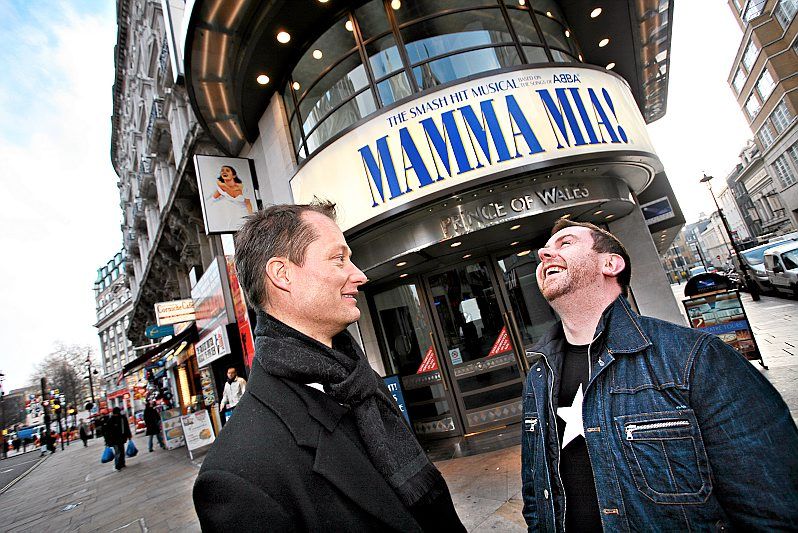
Photos by Charlotte Wiig, Fredrik Arrf, Lise Åserud
Comments

Videos

